A. Stojanović
The third day of our visit to Ankara, a trip we went on with an open mind and a calm heart, ready to get to know the customs and life of the Turks in an immediate way, was full of unusual experiences that, in an even more impressive way than those experienced during the first two days, indicated that this the country is a true mixture of old customs and new expectations, which gives it a special identity that is not often encountered. I guess that’s why it’s so interesting. The tours, for their predecessor, traditionally had breakfast at the hotel. Our hosts were dedicated to bringing us closer to the richness and uniqueness of the meals consumed in this part of the world. Thus, a standard Turkish breakfast can include an omelette or eggs prepared in another way, several types of cheese and butter, cured meats, French fries, salad, dried apricots and plums, strawberry jam and honeycomb topped with cream, along with the ever-present, freshly baked bagels and breads. other names, but similar charm in taste. The high-calorie first meal of the day turned out to be a prelude to the spectacular experience that followed – a tour of Ataturk’s mausoleum.
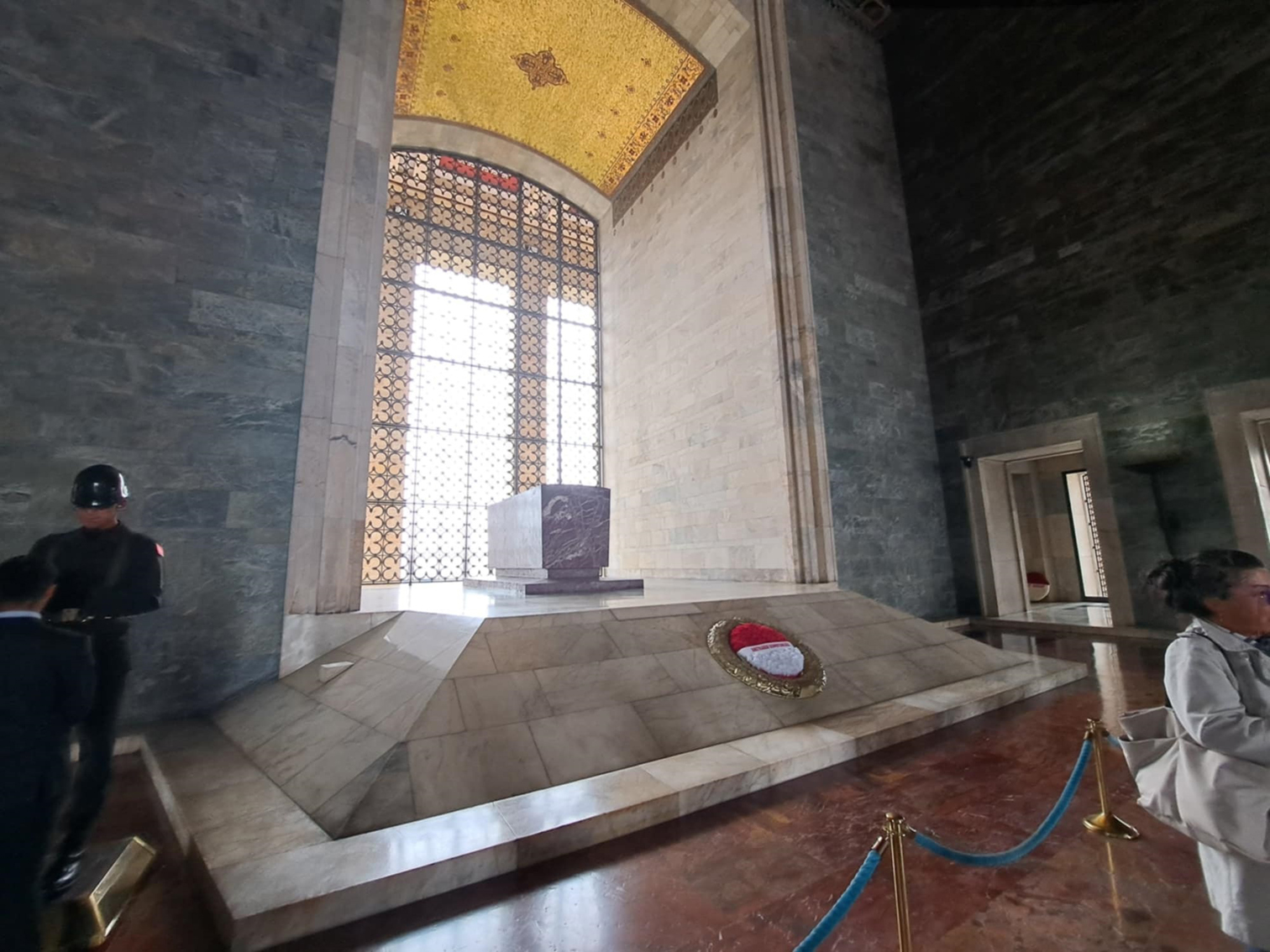
Sarcophagus of the first president
As one of the most visited tourist destinations in the whole of Turkey, Ataturk’s Mausoleum, a monumental complex that covers about 750,000 square meters, is an architectural and symbolic marvel. Built as an eternal resting place for Mustafa Kemal Ataturk, the mausoleum, in a broad sense, consists of several connected elements. The Lion Path, a two-hundred-sixty-two-meter-long, paved road, framed by twenty-four lion statues (twelve on the left and right sides), leads to a wide square, from which there is a view of the mausoleum building itself, which contains the tomb of Kemal Ataturk and forty tons heavy sarcophagus. The building, a massive construction that took several years to build (the entire complex was built in fifteen), on the outside bears the messages of Mustafa Kemal Ataturk to the Turkish people, delivered during the “Great Speech” – the address of the first president of Turkey on the occasion of the tenth anniversary of the Young Turk Revolution, which lasted an impressive 36 hours. On the inside, the center stage is dominated by a sarcophagus, comfortably placed on a plinth under a seventeen-meter-high carpeted ceiling. Ataturk’s body lies seven meters below the sarcophagus, in a purpose-built tomb. We had the honor to pass by that room. The door of the tomb, built in the likeness of Ataturk, looks through the largest window of the mausoleum itself, with a view fixed on the Ankara castle and the flag of Turkey, which flutters on the horizon. Apart from the huge building that houses the remains of the country’s first president at the crossroads of Europe and Asia, the complex also includes a museum with Kemal Ataturk’s personal belongings and a library with seven thousand titles written in different languages.
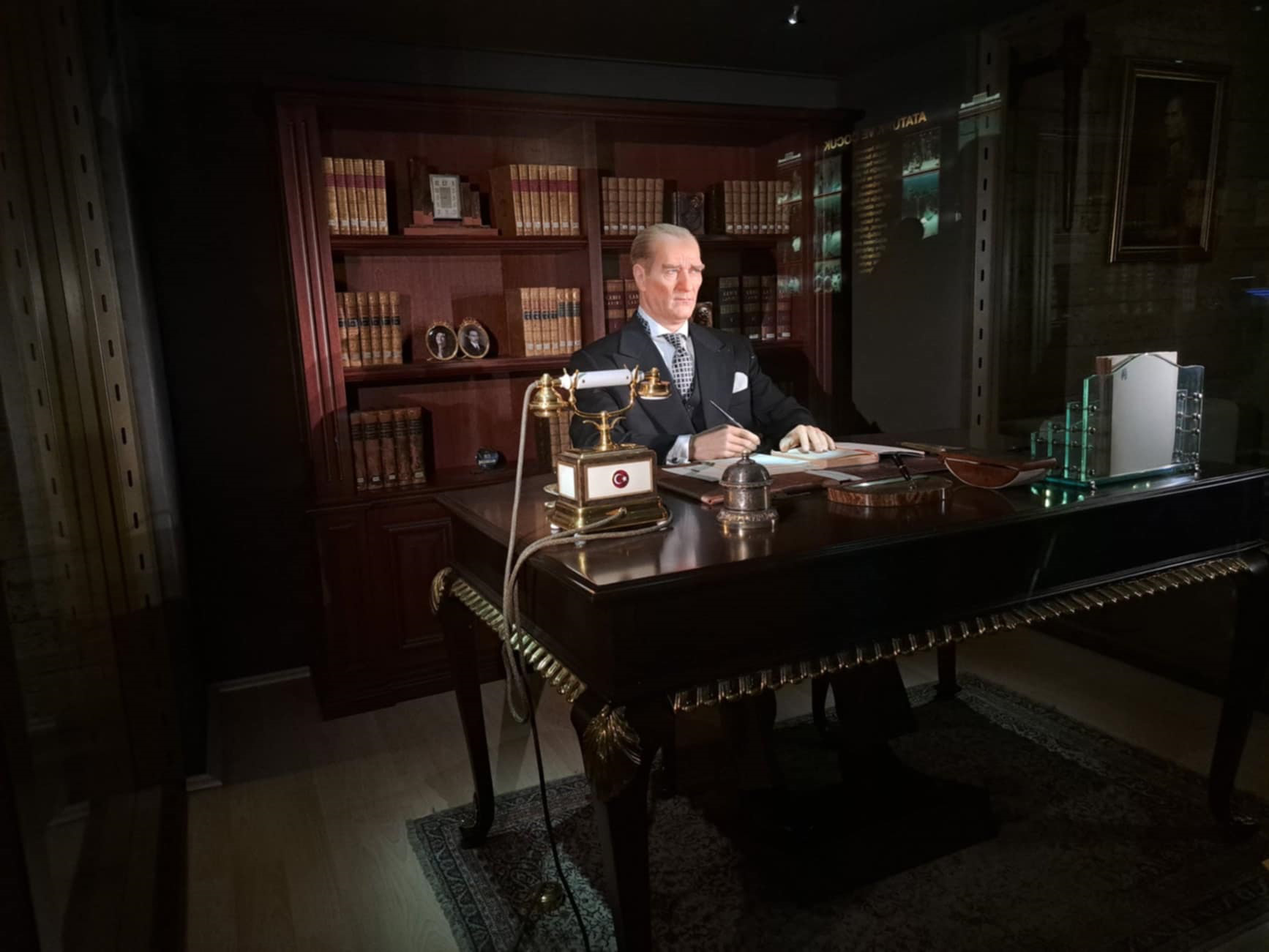
Back to the old days
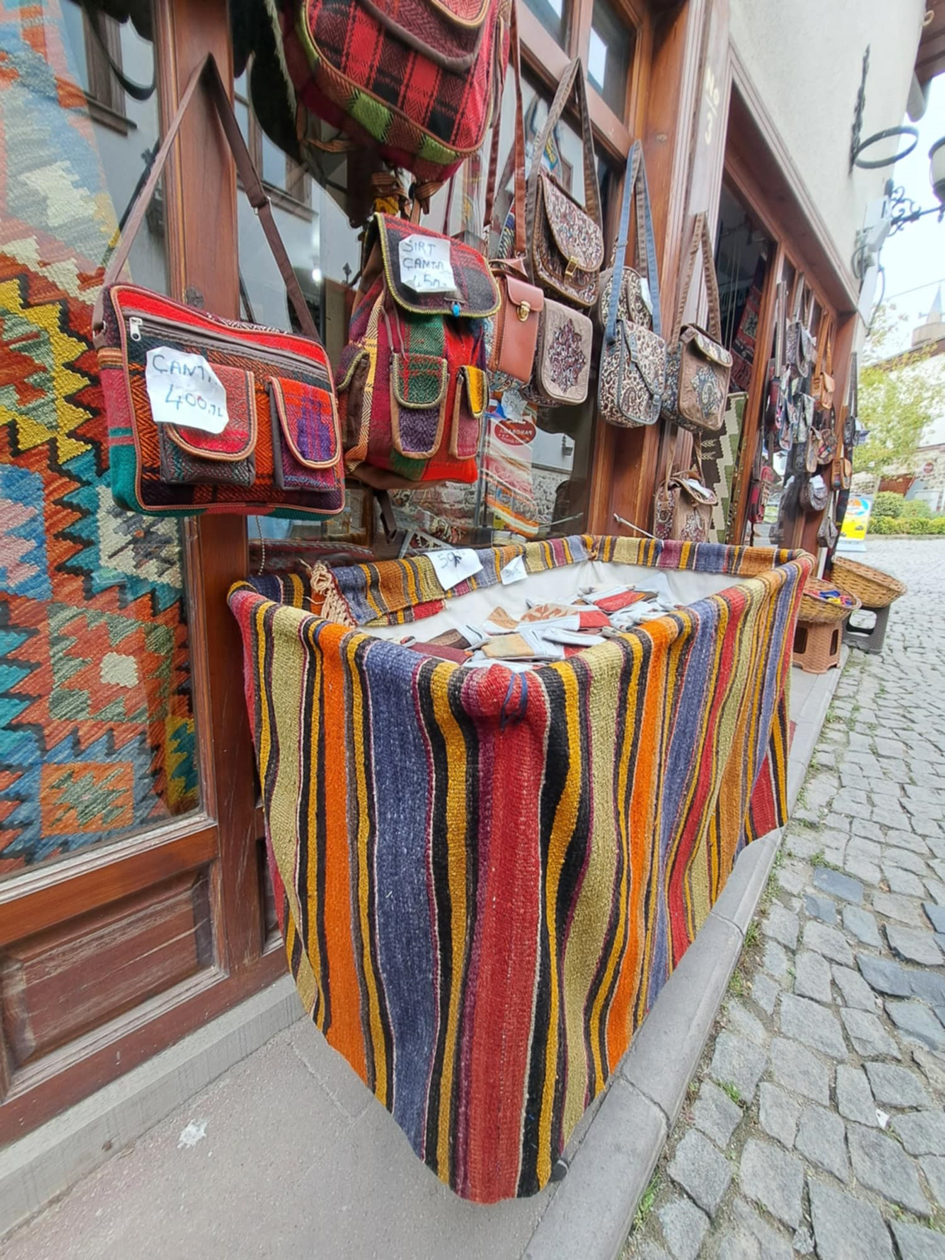
The visit to the mausoleum, apart from the emotional sense, was also important for a deeper understanding of the emotional connection of the Turks with their first republican leader. Even today’s generations, born decades after Ataturk’s death (in 1938), respect with equal emotion the man who most certainly had the greatest influence on the course that Turkey would follow in the post-Ottoman period. Therefore, every future visitor to the mausoleum should not be surprised by the sight of Turkish men and women who, with tears in their eyes, observe the sarcophagus or one of the numerous portraits of this, for the local world, great man. Staying in the mausoleum was truly an invigorating, spiritual experience, which prepared us for a journey into the even further past. He followed with a tour of the old part of the city, known as Ankara Castle. The name, contrary to expectations, does not only refer to the fortress and the watchtower, but also to the surrounding buildings of older origin, which in this place mostly date from the 18th and 19th centuries, although there are also older examples. There, even today, cobbled streets wind past shops and warehouses, while the roofs of the surrounding buildings almost touch in the silence of a forgotten construction method. Old Turks, leaning on low, square stools, drink black tea, sizing up the tourists with that, with all merchants, always present look full of desire to sell the goods at the best possible price. If it weren’t for the sporadic use of the telephone, one would really think that he was back in the 19th century, among people for whom tea is an aphrodisiac, and silence and moderation of life, a cure for every sorrow.
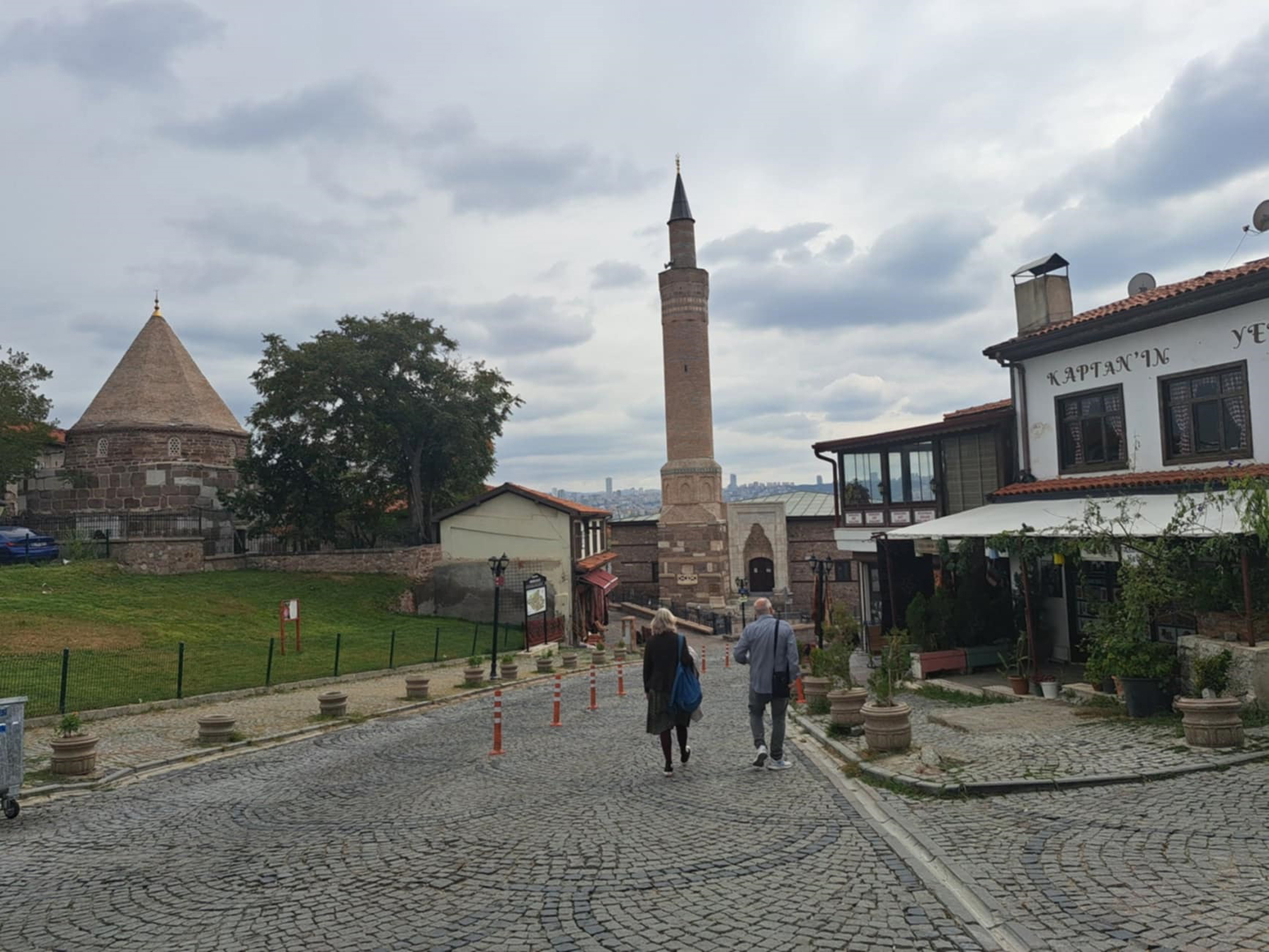
Aslan Khan Mosque
As part of the Ankara Castle, we had the pleasure of visiting the Aslan-han Mosque, also known as the Lion Mosque, a place of worship that is on the UNESCO list. It was built in the 13th century and is the first type of mosque in the whole of Anatolia in terms of architecture. Unlike later mosques, whose appearance was influenced by the monumentality of the semicircular dome of Istanbul’s Hagia Sophia, the Aslan-han mosque has a pyramidal appearance, which makes it unique in Turkey. After visiting the mosque, we went for lunch. We ate a variety of food there, and for the main course he gave his word for beef steak in carrot and asparagus sauce.
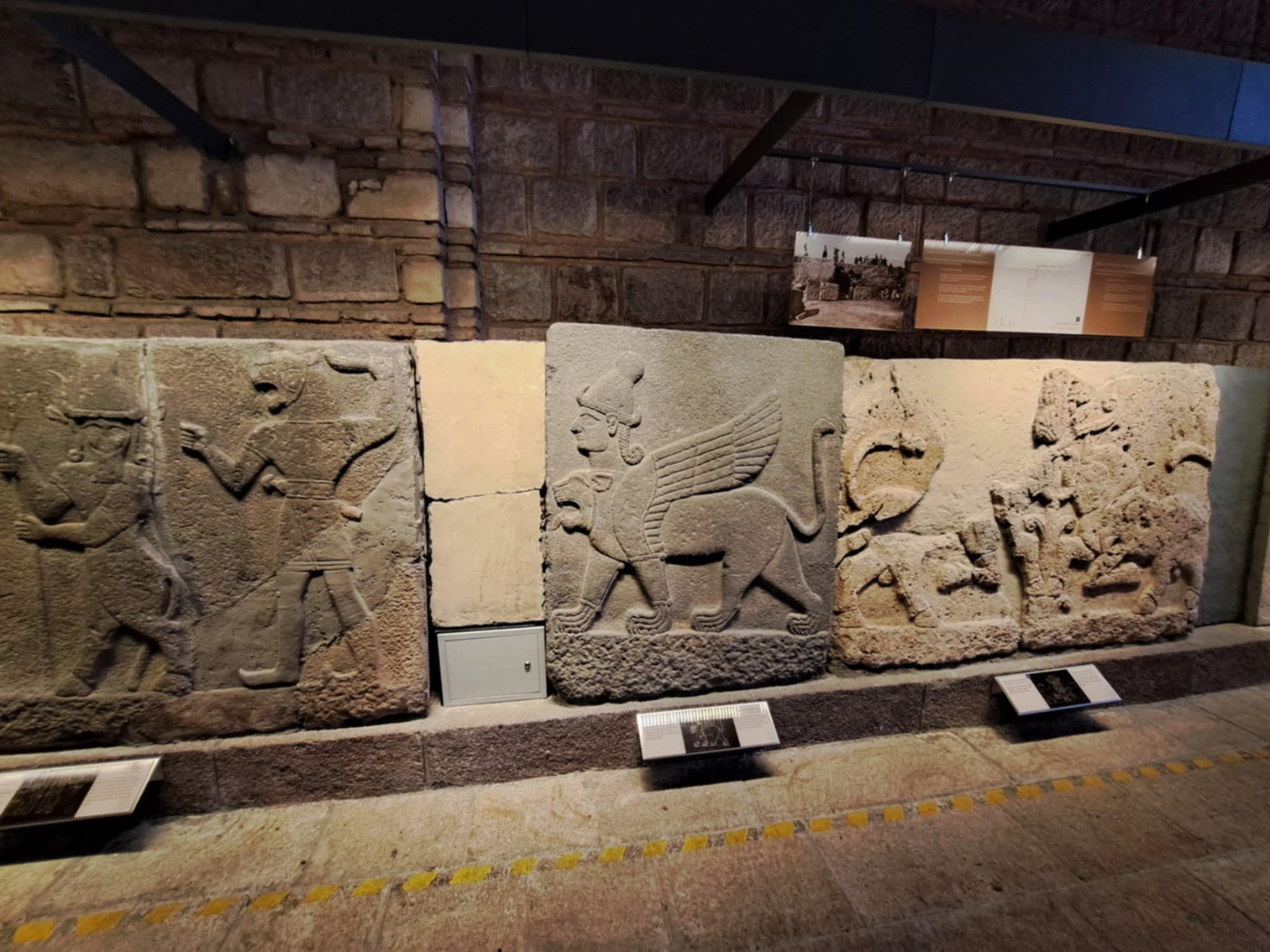
The legacy of the Hittites
After a hearty lunch, we headed to the Museum of Anatolian Civilizations. It is a place that apostrophizes in a new way the importance of Ankara for the trade caravans that passed through the Silk Road, but also deals with the further history of the place and the people who lived here, starting from the Paleolithic and Neolithic to recent times. There we got acquainted with the legacy of the Hittites and Phrygians. By the way, the museum is special because the exhibits in it were found exclusively in Anatolia. The knowledge we gained at that place was also special, which only deepened our understanding of the history of the local kasabas.
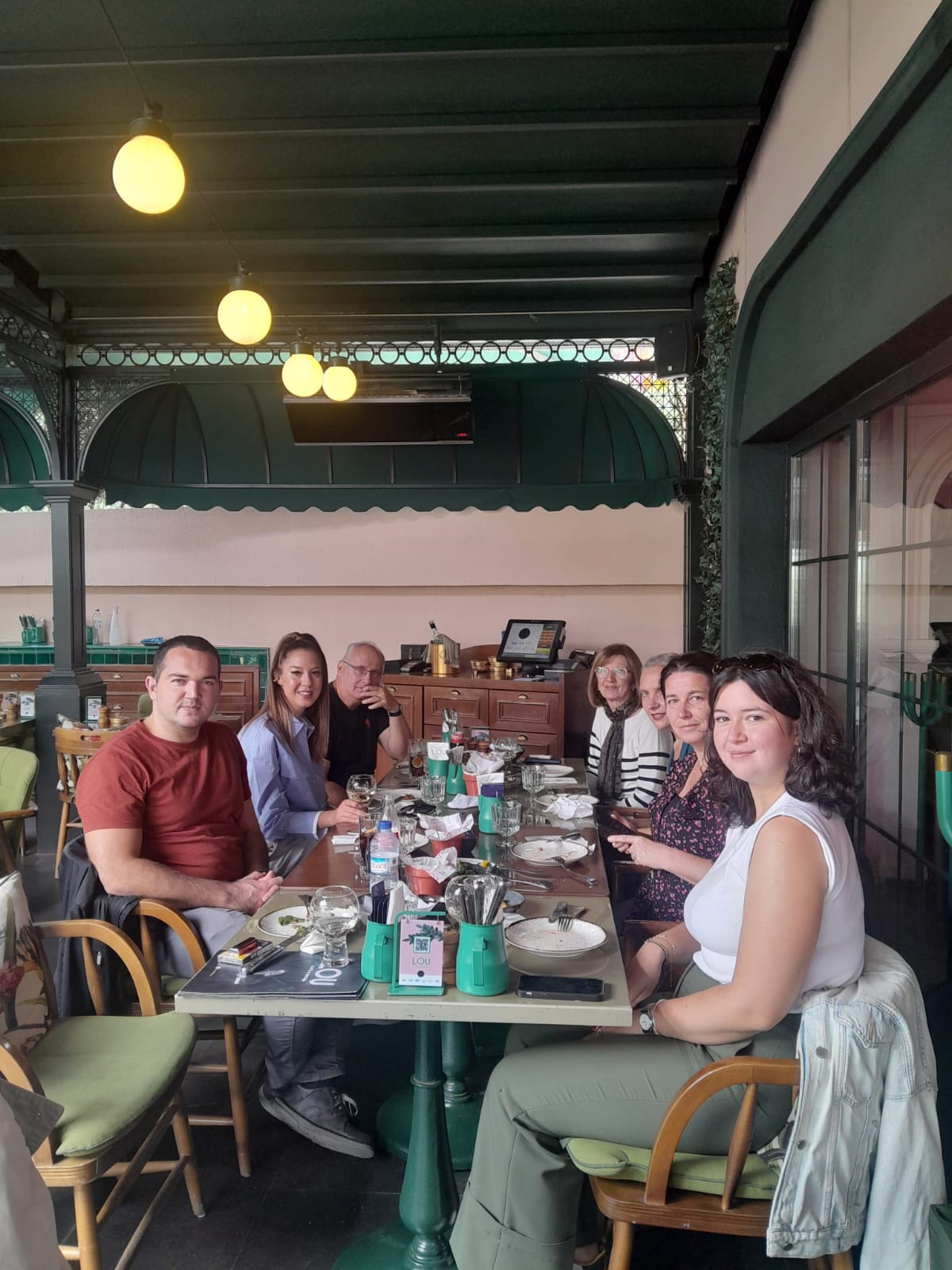
Parting with friends
Dinner in a restaurant famous for its kebabs was a kind of farewell to Ankara and our stay there. Lessons learned and hearts full, we prepared to return to the lands from which we had ventured only a few days earlier, although it seemed to us that they lasted incomparably longer, even than Ataturk’s “Great Speech”, which mesmerized people for 36 hours straight. Ankara and the people we met bewitched us, intentional travelers from foreign countries, who only asked for hospitality and gentle words from their hosts, and who, in addition, got an idea of a whole magical world, about which they know very little. knew. For that, as for everything else, one can only feel gratitude. This is, after all, the permanent goal of these records from Ankara. Until next time.
Source: www.vesti-online.com


